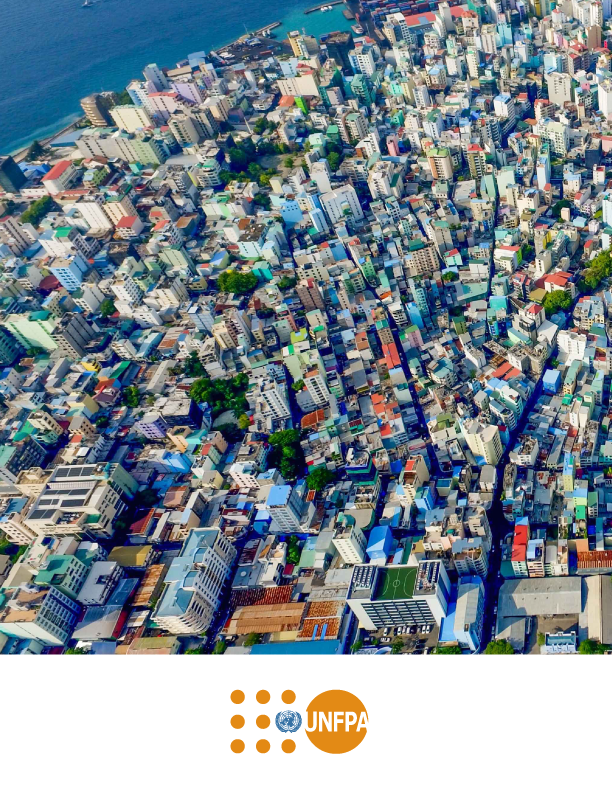Maldives
0.5
Population 2023 (Millions)
0.8
HDI Score
2022 (Max. 1)
70.9
SDG Score
2023
(Max. 100)
0.3
Gender Inequality
Index Score
(Max. 1)
N/A
Internet Inclusivity
Index 2022
(100 countries)
Overview
Projects

- Maldives, South & Southeast Asia
- 2017 - 2018
- Geographies of Inequalities
- Partner(s): UNFPA Maldives (Funder)
Supported by UNFPA Maldives and the National Bureau of Statistics, this project aimed to use Big Data to illuminate demographic features with significant implications for development policies and programs. Specifically, our partners at Fundazione Bruno Kessler (FBK) developed a prototype to analyze population density and movement patterns by leveraging call detail records (CDRs) and new data analytic techniques. The prototype utilized the temporal dynamics derived from mobile data while preserving the anonymity of mobile users.

- Maldives, South & Southeast Asia
- May - July 2020
- Resilient Livelihoods and Ecosystems
- Partner(s): National Bureau of Statistics Maldives, UNFPA Maldives (Funder)
In partnership with the United Nations Population Fund (UNFPA) Maldives and working closely with the National Bureau of Statistics of Maldives, this project sought to leverage Big Data sources, such as the mobile phone records (CDRs) and official statistics (household surveys) to provide data and study the effects of COVID-19 mobility restrictions on the population dynamics and mobility in the country. The study also analyzed the intricate relationships between attitudes, actual behavior and socioeconomic background in the Maldives by combining NBS survey data with movement patterns in a privacy-preserving manner. One of the main objectives of the project was to set a new benchmark for innovative application of mobile phone analytics in the region and beyond as a way to address population needs and monitor the impacts of shocks and stressors. The outputs of this projects included an analysis and policy paper with recommendations synthesizing key insights on the population dynamics obtained through CDR analysis and outlining applications towards advancement of five SDGs; and a capacity building-toolkit and ‘how-to” guide for using innovative data analytics methodologies and collecting and analyzing alternative data sources.
